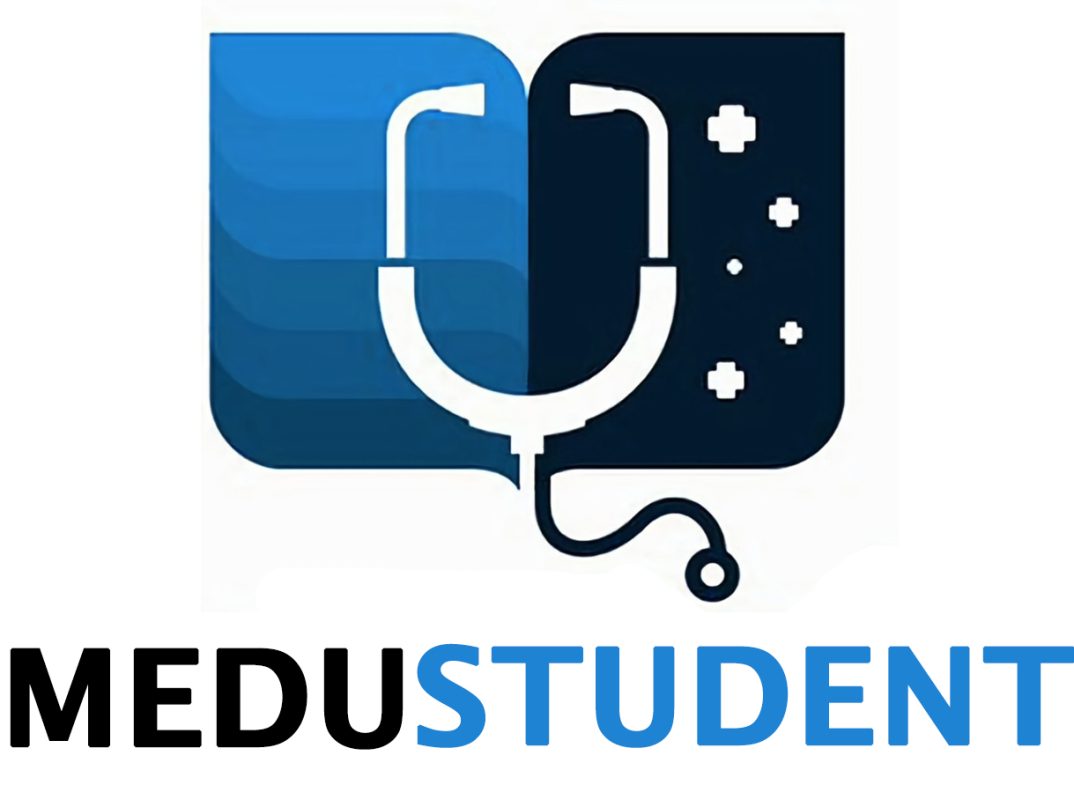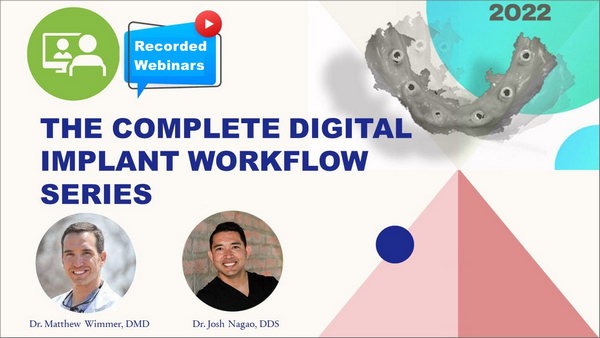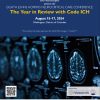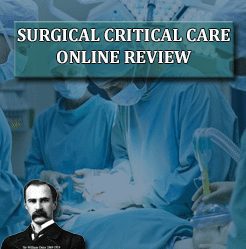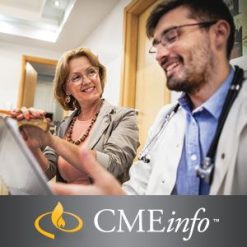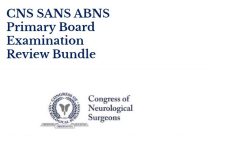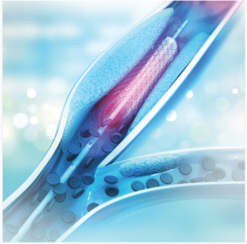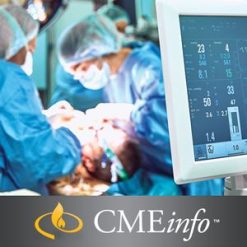The Complete Digital Implant Workflow Series
$30,00
This Product is shared via google drive download link, So please share your correct Gmail id while placing the order .Please note that there are no CME points or certificate associated with this course Samples for Courses Can be found here : Free Samples Here!
+ Include: 5 videos, size: 1.74 GB
The Complete Digital Implant Workflow Series
+ Target Audience: general dentists placing/restoring implants, prosthodontists, periodontists, oral surgeons
+ Information:
A step-by-step, clinic-to-lab program covering the full digital implant workflow—from diagnosis and treatment planning to guided surgery and definitive/restorative delivery. Emphasis on predictable outcomes, efficient team collaboration, and streamlined chair time.
What You Will Learn
-
Case selection and data capture: medical/dental risk, photography, IO scan protocols, bite records
-
CBCT acquisition/interpretation and merging datasets (CBCT + intraoral scans)
-
Virtual treatment planning: prosthetically driven positioning, bone reduction, and anatomic safety zones
-
Guide design/verification: tooth-, tissue-, and bone-supported guides; sleeves, offsets, and stability checks
-
Surgical execution: guided vs. navigated workflows, immediate vs. delayed placement, grafting basics
-
Provisionalization & immediate loading: criteria, torque thresholds, conversion protocols
-
Digital prosthetics: emergence profile design, screw-retained workflows, multi-unit abutments, full-arch protocols
-
CAD/CAM fabrication: abutments, temp/final restorations, materials selection, and finishing
-
Occlusion, maintenance, and complication management: biomechanics, hygiene, and rescue plans
-
Team coordination: dentist–lab–assistant playbooks, QA checklists, and documentation
Who Should Attend
General dentists placing/restoring implants, prosthodontists, periodontists, oral surgeons, laboratory technicians, and dental assistants seeking an end-to-end digital workflow that is reproducible and efficient.
Why Attend
-
Replace fragmented steps with a cohesive, prosthetically driven protocol
-
Reduce remakes and chair time while improving esthetics and function
-
Strengthen clinician–lab collaboration with clear standards and handoffs
+ Topics:
- Lecture 1 Utilizing 3D imaging for Safe Implant Planning
- Lecture 2 Integrating Scanning Technology to Enhance Restorative Treatment
- Lecture 3 Restoring function with Prosthetically Driven Implant Planning
- Lecture 4 Generating a Printable Surgical Guide from Virtual Treatment Plan
- Lecture 5 Implant Restorations Made Easy with Scanning Technology
Related products
CRITICAL CARE / EMERGENCY MEDICINE
FAMILY MEDICINE
